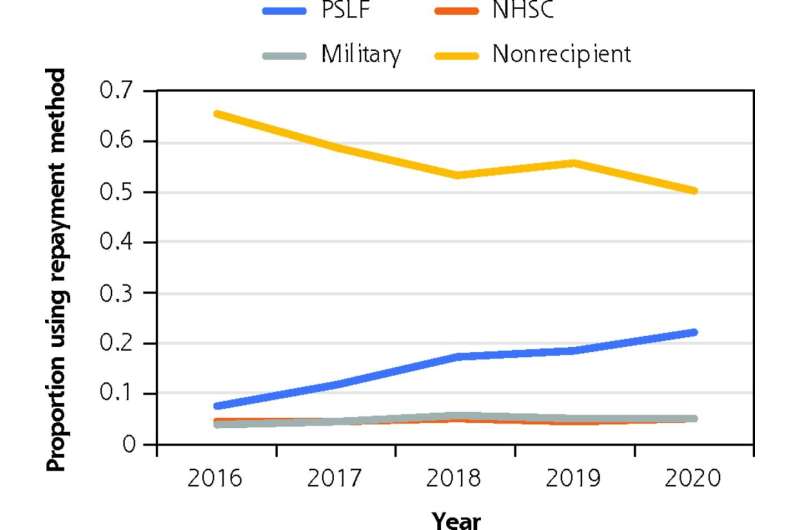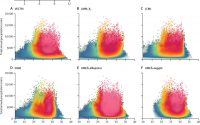Examining the impact of loan repayment program enrollment on physician workforce equity and patient care access

Researchers from the American Board of Family Medicine and the University of Minnesota Medical School investigated whether participation in medical school repayment programs impacted the care family physicians provided to patients post graduation.
By analyzing data from over 10,000 American Board of Family Medicine National Graduate Survey respondents, the authors examined differences in program participation, participant demographics, scope of practice, and the likelihood of serving medically underserved or rural populations.
The study revealed a significant increase in participation in the Public Service Loan Forgiveness (PSLF) program between 2016 and 2020, while participation in the National Health Service Corps (NHSC) program remained unchanged. Physicians enrolled in the NHSC program were more likely to come from underrepresented groups; exhibited a wider scope of practice; and were more inclined to practice in rural areas (23.29% compared to 10.84% in PSLF).
They also were more likely to practice in areas designated as Health Professional Shortage Areas (12.5% compared to 3.70% in PSLF), serving medically underserved populations (82.17% compared to 24.22% in PSLF). In contrast, PSLF primarily supported physicians intending to work in public service.
With average medical school debt soaring to $200,000 over the last few decades, the escalating financial burden is driving concerns that students may opt out of low-pay but high-value public service careers in Federally Qualified Health Centers (FQHCs), rural health clinics, and the Indian Health Service. Loan repayment programs—like the Public Service Loan Forgiveness program and the National Health Service Corps (NHSC)—play a vital role in making primary care a viable career option by alleviating the burden of high educational costs.
The analysis conducted in this study suggests that PSLF may be less effective in supporting family physicians from underrepresented backgrounds, promoting a broader scope of practice, and directing physicians to underserved settings compared to service-based loan repayment programs like NHSC.
The findings are published in The Annals of Family Medicine journal.
More information:
Caitlin S. Davis et al, Impact of Service-Based Student Loan Repayment Program on the Primary Care Workforce, The Annals of Family Medicine (2023). DOI: 10.1370/afm.3002
Journal information:
Annals of Family Medicine
Source: Read Full Article


